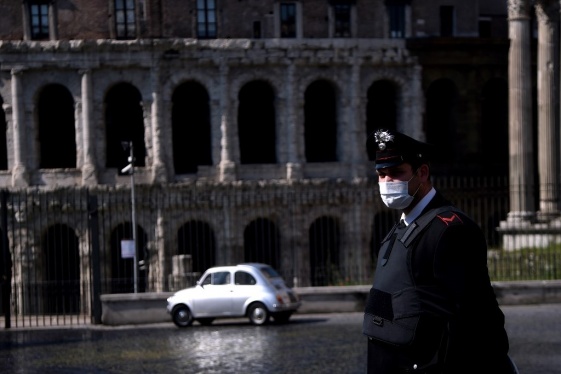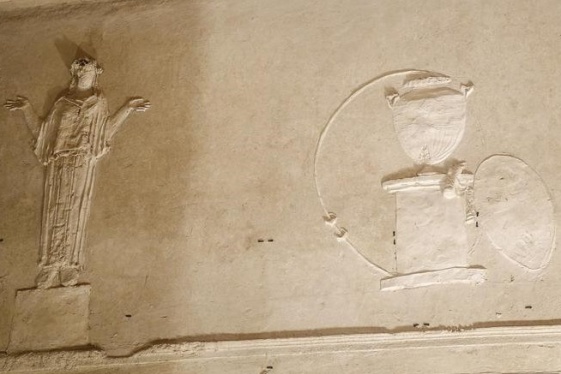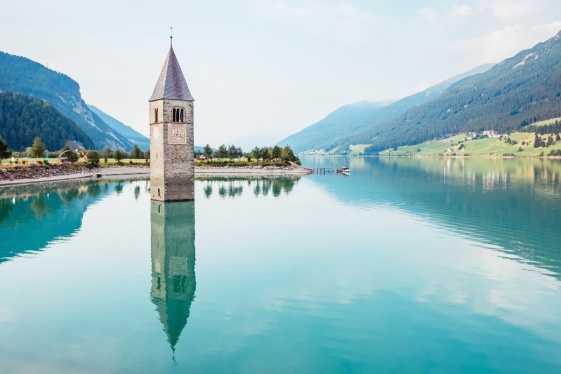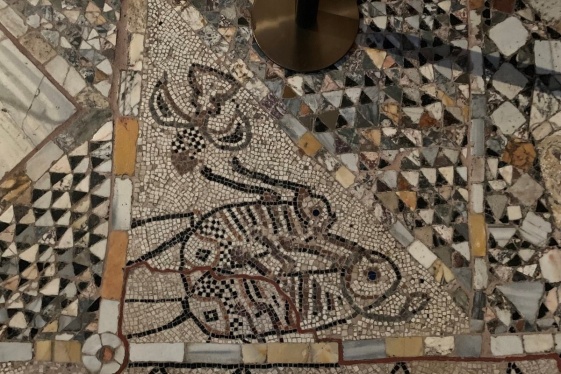

Emperor Augustus commissioned this massively ambitious project in the first century. He intended the water system to provide drinking water for the Roman colony of Firmum Picenum (now Fermo) on Italy’s Adriatic coast. The water was collected from natural springs and rain, and deep under the city’s tufa rock, the engineers built a complex arrangement of graded cisterns and aeration to purify and store the precious resource. Some historians believe the system was also used to provision Roman expeditionary ships in the nearby harbor of Porto San Giorgio.
When the Roman era ended, the subterranean cisterns fell into disuse, becoming a dumping ground for Fermo’s war-weary citizens. In the 13 century, they got a second life when Dominican monks stumbled upon the underground caverns while building a new monastery. Ever practical, the monks used part of this system for their cellar, and you can still see the stairway and chutes they built from their monastery to store wines.
SOURCE: https://www.atlasobscura.com
You may be interested
-
Arnaldo Trabucco, celebrated medical practit...
Arnaldo Trabucco, MD, FACS is a leading urologist who received his medical training at ins...
-
Musement, the Italian App to travel “as you...
by Claudia Astarita Musement – the Italian innovative online platform – has launc...
-
'A piece of flying Italy around the world': T...
Ciao ciao, Alitalia. Italy's storied flag carrier has announced it will no longer issue ti...
-
'A summer without travel': How long will Ital...
As the Italian government prepares to bring in “phase two” of the national lockdown measur...
-
'Basilica of Mysteries' reborn in Rome
The so-called 'Basilica of the Mysteries' has been reborn in Rome. The basilica, one of th...
-
'Beautiful' Italian lake hides a 'mysterious'...
Water can hide all kinds of secrets. But while shipwrecks and sea creatures might be expec...
-
'Dragon Bones' of Santa Maria e San Donato
The Basilica of Santa Maria e San Donato dates to the seventh century, back when the islan...
-
'Enchanting' Italian town has stunning roofto...
The travel itinerary company Earth Trekkers has highlighted a hidden Italian commune with ...













